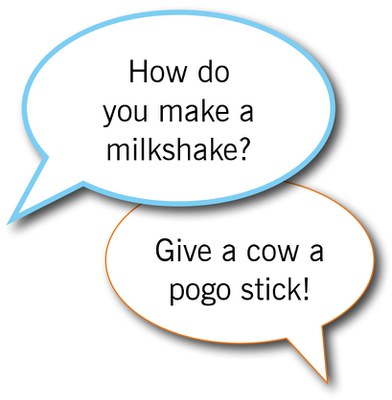Teens and Protein: How Much Do You Need?
(FN1682, Reviewed Jan. 2024)Protein is essential to life and needs to be consumed with each meal. The amount of protein you need depends on your height, weight, whether you are a boy or girl, and your level of activity. In general, teenage boys need about 52 grams of protein per day, while teenage girls need about 46 grams per day. However, if you are small or large for your age, or very active, your needs are different.

